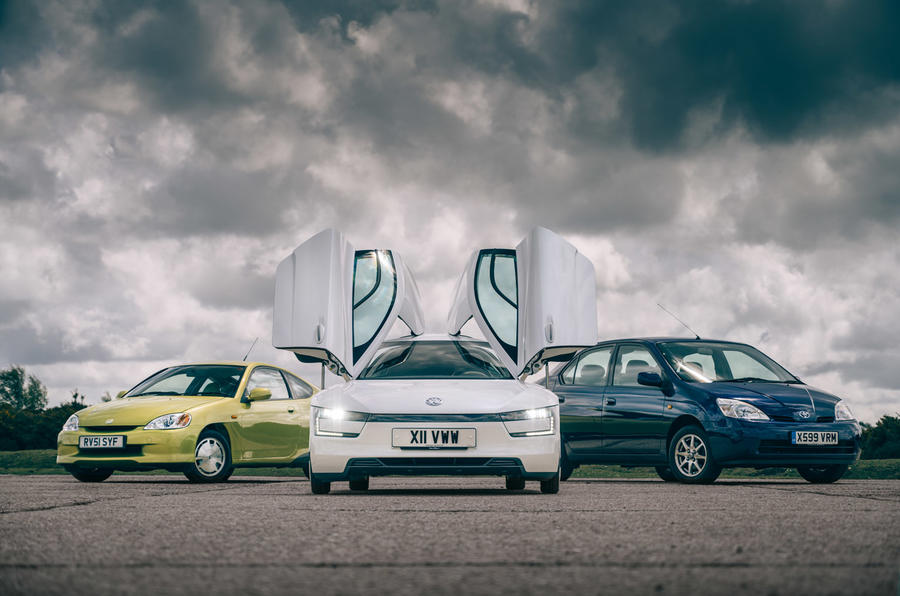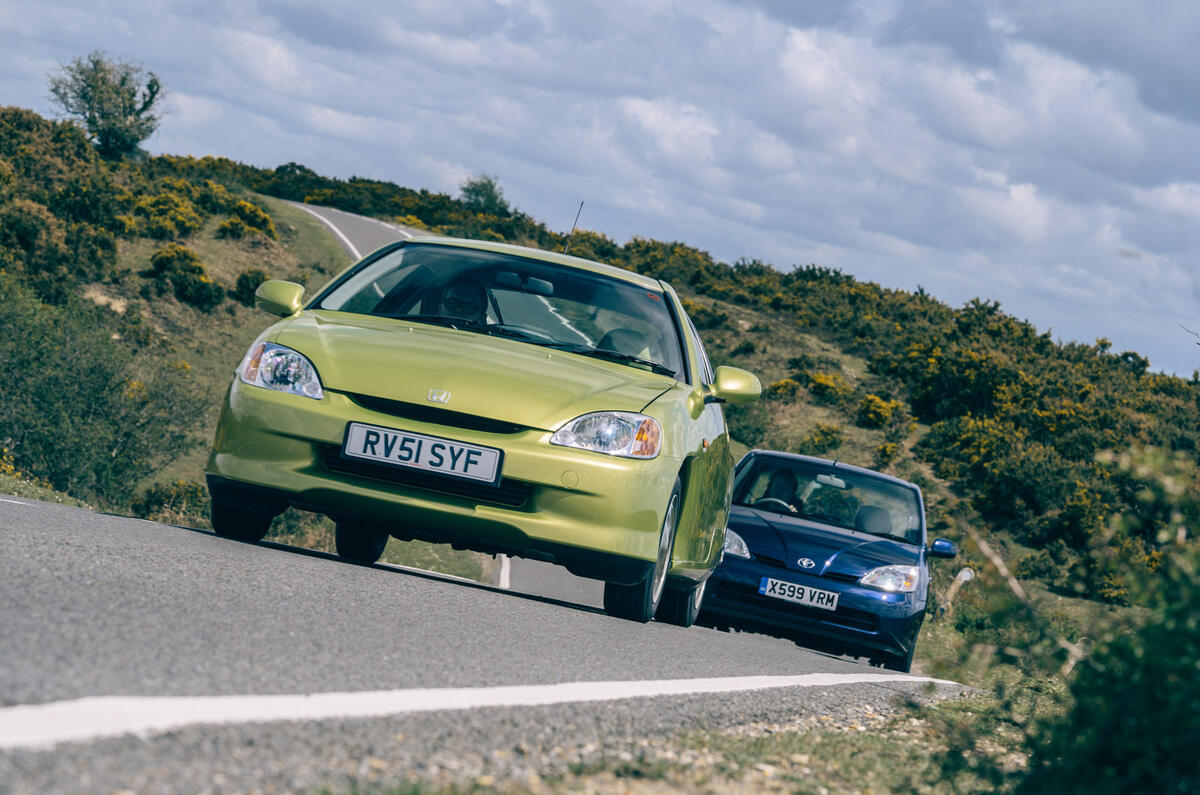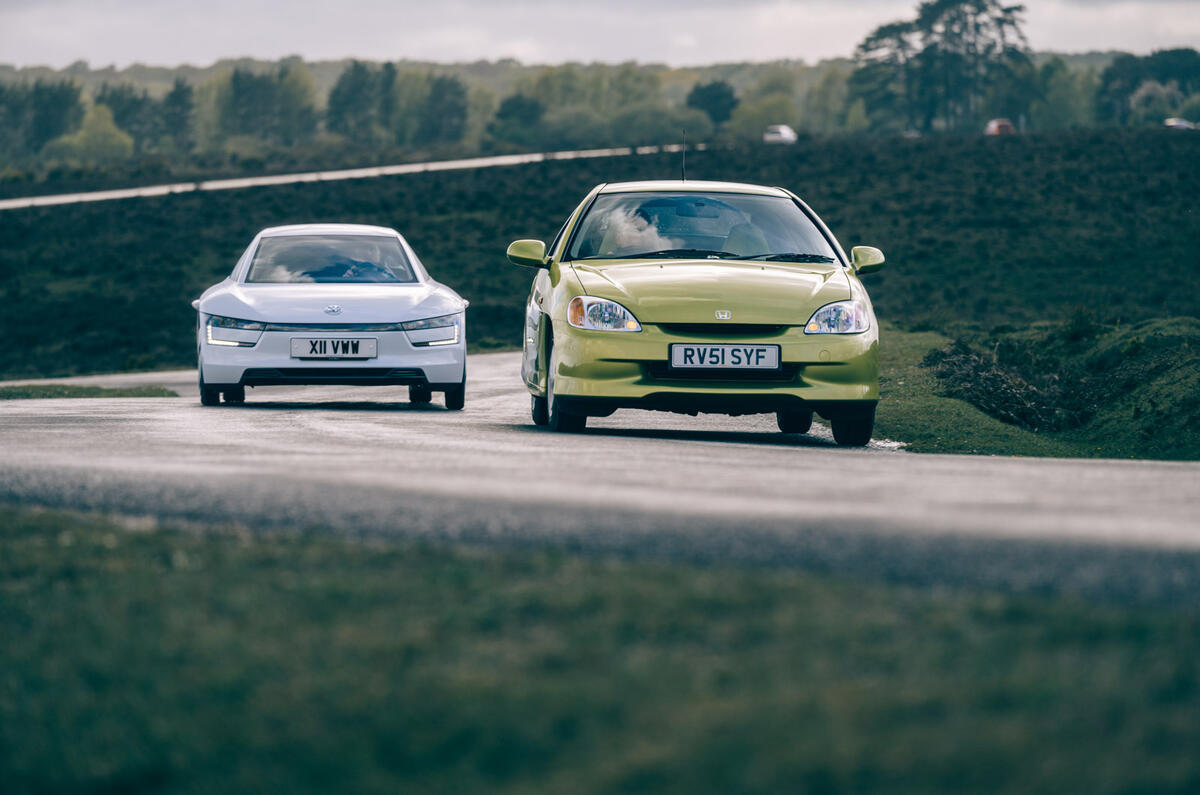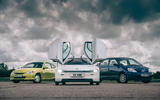When Ferdinand Piëch drove from Wolfsburg to Hamburg one April morning back in 2002, he did only what so many business types in the region still do every day.
The normality of his 140-mile journey was reinforced by the weather (cold, rainy) and his old-school attire (flat cap, checked scarf). He didn’t listen to the radio, because there wasn’t one. With just 8.5bhp at his disposal, neither did he do much overtaking. Bobbing along in the autobahn flow, Piëch simply drove his car for three hours in order to get from company headquarters to an important shareholder event. All quite typical, for a certain sort.
Except, of course, there was nothing typical about this particular journey. Sixty-five years old and soon obliged to retire, as per corporate policy, Piëch was the brilliant but often callous chairman of the supervisory board for Volkswagen. The event was the 42nd annual general meeting of this ambitious company. And between setting off and reaching the five-star Hotel Vier Jahreszeiten, the ‘car’ drip-fed just 2.1 litres of diesel into its toastersized 299cc engine for an average consumption of 317mpg – or less than one litre per 100km.
It was the one-litre barrier that meant everything to Piëch and became an absurdly expensive obsession for Volkswagen over the next decade. How could it achieve such economy in something fully homologated for road use? How, in other words, could it achieve it with something that didn’t rely on a Spitfire seating arrangement, that wasn’t so flimsy that it weighed just 290kg and that didn’t look like somebody had cack-handedly force-fed liquorice into an oversized sausage stuffer?
The answer was the XL1, which even today, nine years after it was unveiled in Qatar, of all places, drops jaws like the top-secret black pudding Piëch burst out of that spring morning. With it, VW had essentially pushed the nuclear button in the war for fuel-efficiency bragging rights. The XL1 was an ecological cousin to the boundary-smashing Bugatti Veyron, which had also been developed on Piëch’s watch, and took on the supercar’s philosophy, only applying it in another way. It cost £98,515 when it went on sale in 2014 and is without question the wildest ‘people’s car’ ever to wear numberplates.






































Join the debate
Add your comment
Only in the same way flying cars will be the future. Hydrogen cars will always be one for the future and not only because they are way to inefficient.